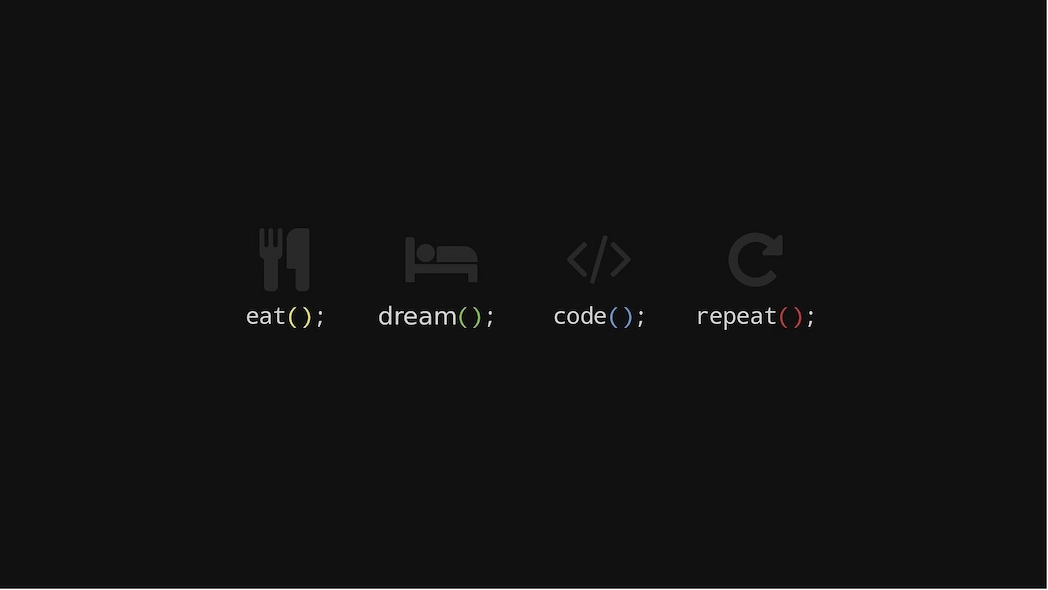


Model-View-Controller (MVC) is a software architecture pattern that divides an application into three main components:
✔ Better maintainability through a clear separation of concerns.
✔ Reusability of components.
✔ Easy testability since logic is separated from the interface.
✔ Flexibility, as different views can be used for the same model.
MVC is widely used in web and desktop applications, including: